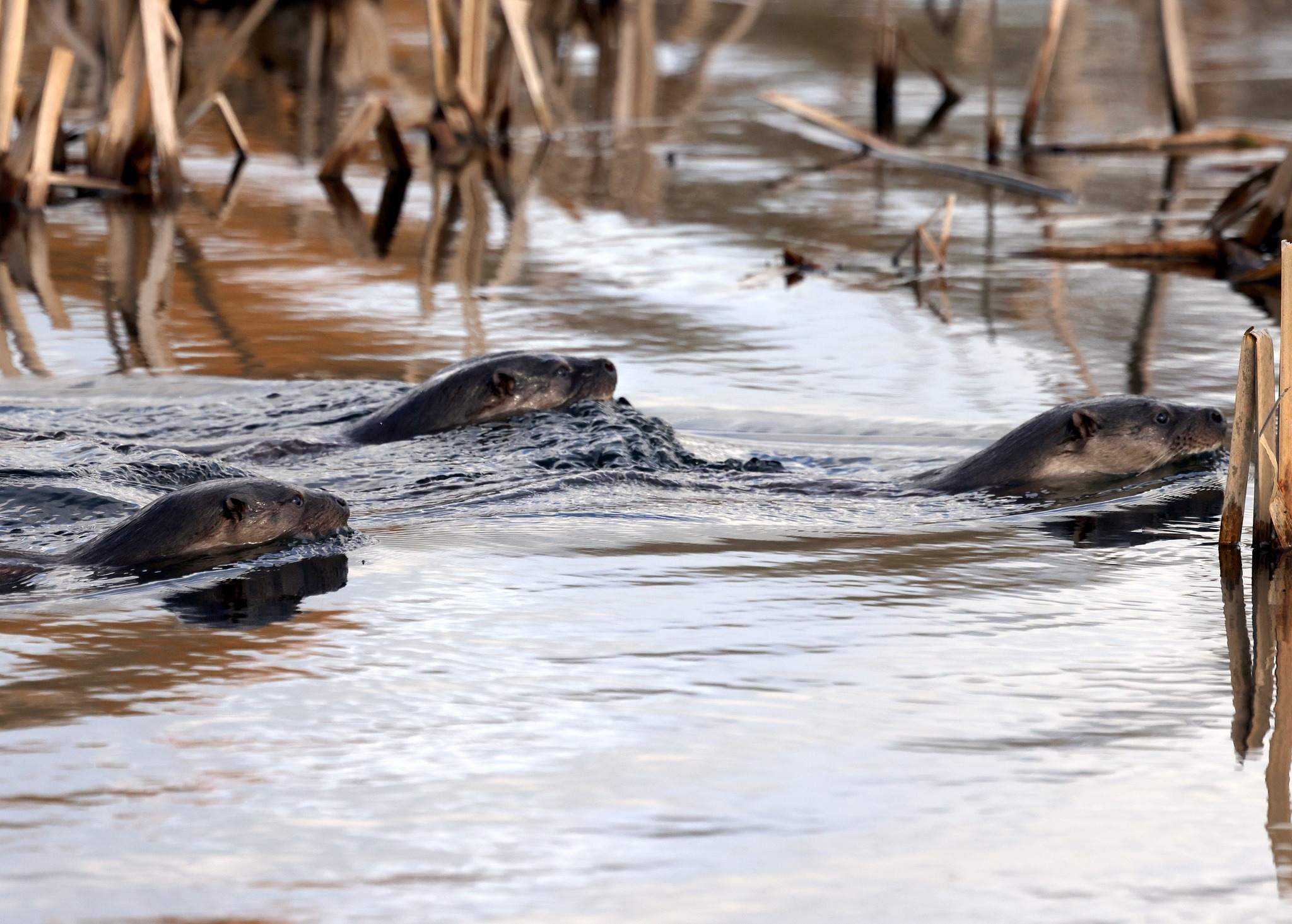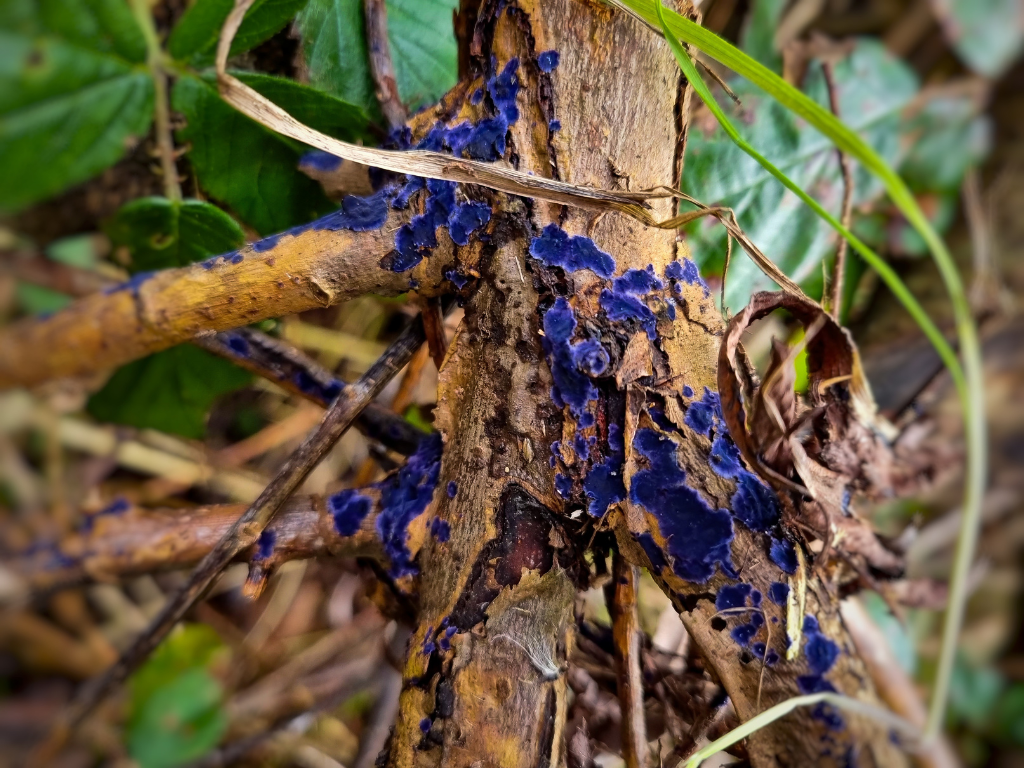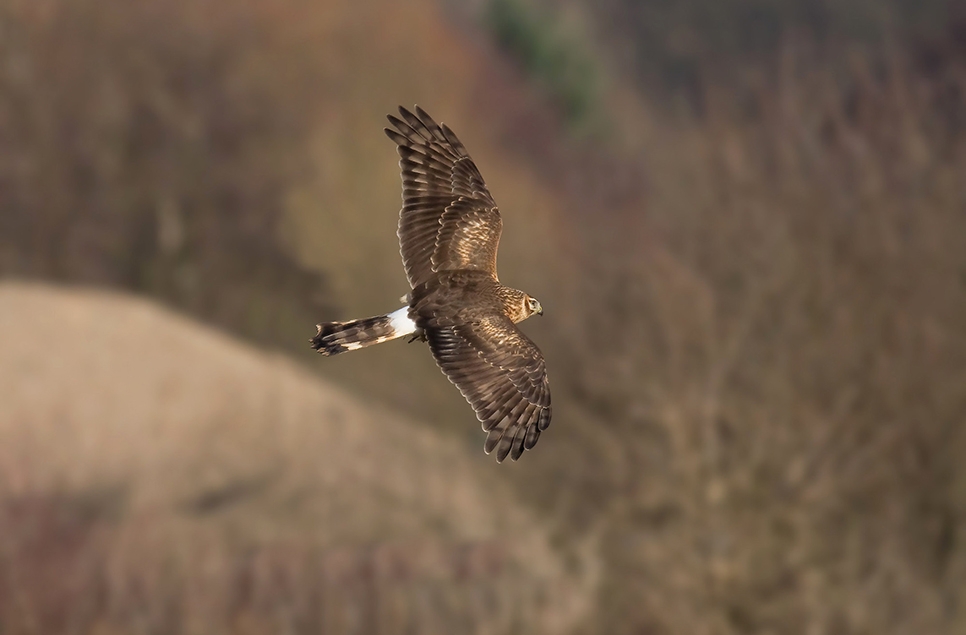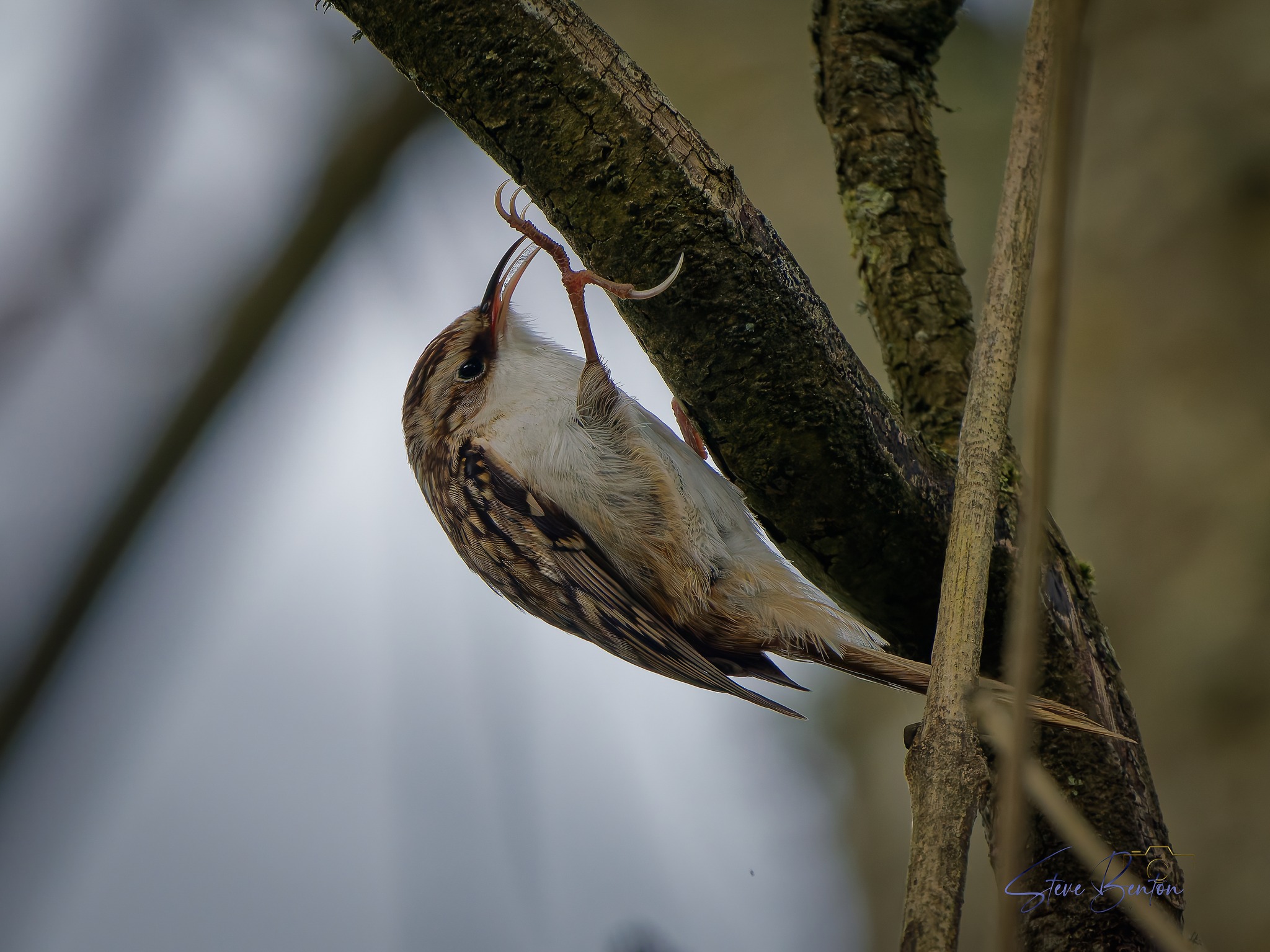Waders, hunting raptors and fairytale fungi
As autumn deepens across the wetlands, WWT Llanelli is alive with seasonal spectacles.
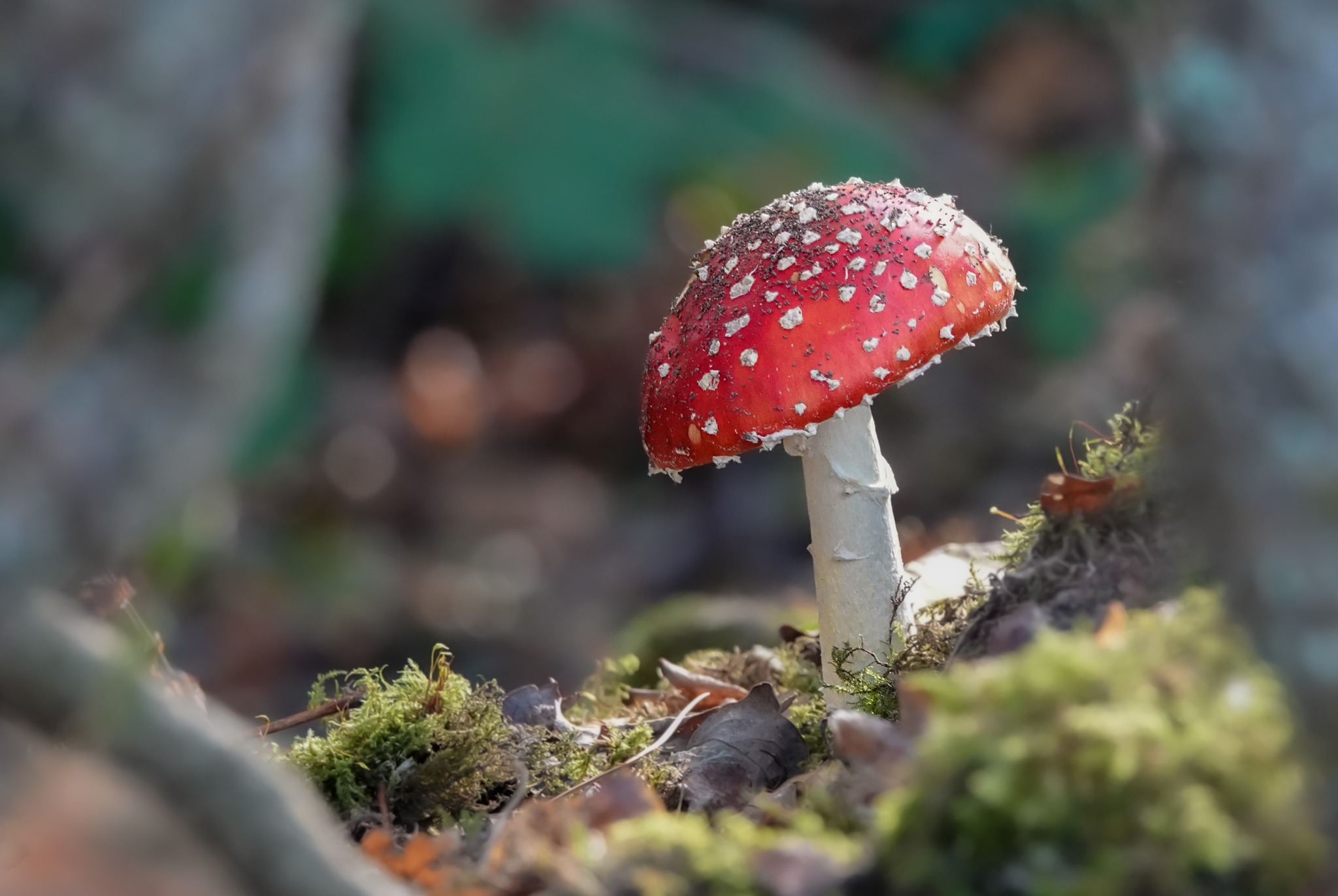
From growing flocks of over-wintering waders to dramatic raptor encounters and magical fungi popping up underfoot, there's plenty to discover on your next visit.
Wildlife Sightings at WWT Llanelli from 8th October to 20th October 2025
Highlights: Bar-tailed Godwit, Marsh Harrier, Sparrowhawk, Snipe, Dunlin, and Fly Agaric toadstools.
Shelduck are gathering in growing numbers, a sure sign that winter is on its way. These striking ducks, with their bold green, white and chestnut plumage, are a familiar sight on the estuary and lagoons. Look out for them dabbling and preening in the shallows as they settle in for the colder months. They make some great noises too, so keep an ear out for their high-pitched peeps and squabbles. Other ducks putting on a show include Teal, Gadwall and Wigeon.
A Sparrowhawk has been spotted hunting across the saltmarsh, flying low over the flocks in search of unsuspecting prey. Buzzard have also been showing off their hunting skills, with great photos being taken from the Goodall Hide. We've had Marsh Harrier causing a stir too, often joined by mobbing Magpies.
The wetland scrapes are hives of activity, providing much-needed nutrition and shelter for the waders. Did you know that a cubic metre of mud has the same calorific content as 16 Mars bars? Highlights include Ruff and Snipe probing the mud for invertebrates, elegant Black-tailed and Bar-tailed Godwits, and Green Sandpiper, Greenshank, Knot and Dunlin in good numbers. These species are all a reminder that Llanelli is an important part of the migratory network and a vital stopover for birds travelling thousands of miles.
It's not just the birds that are providing visual delights at the moment — fungi are popping up everywhere! The unmistakable Fly Agaric, with its red cap and white spots, adds a fairytale touch to wetland walks. Keep your eyes peeled for other species nestled among leaf litter and dead wood.
Featured Photo Credit: Fly Agaric by Sara Williams
In the mammal world, the reserve team is hard at work restoring long-lost ponds and waterways on the grounds side of the site, digging out sediment and removing vegetation to re-wet the land. This work will help amphibians, dragonflies and aquatic plants to thrive as they establish themselves in the fresh habitat. A few noisy diggers to put up with in the meantime, but it will all be worth it!
Ready to visit?
With so many wildlife encounters and inspiring activities, no two visits are the same. A visit also supports our vital work to restore wetlands and their wildlife.
Book online save 10%